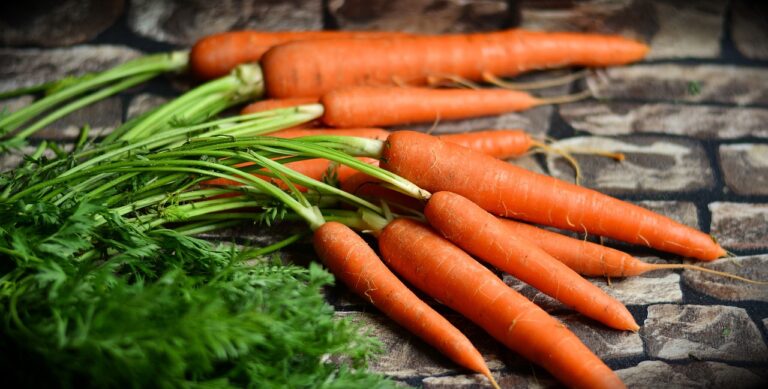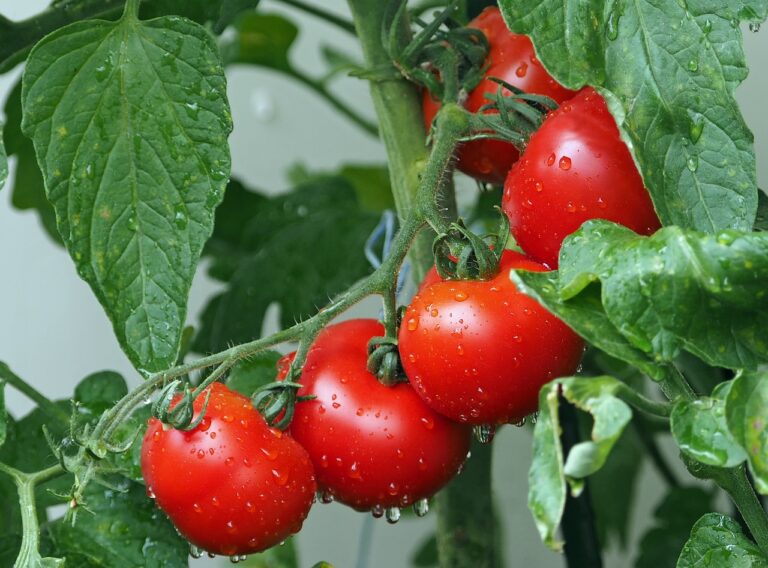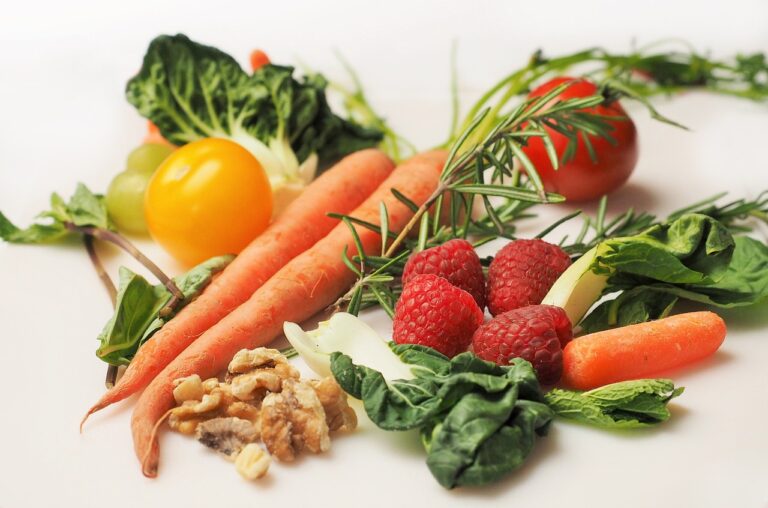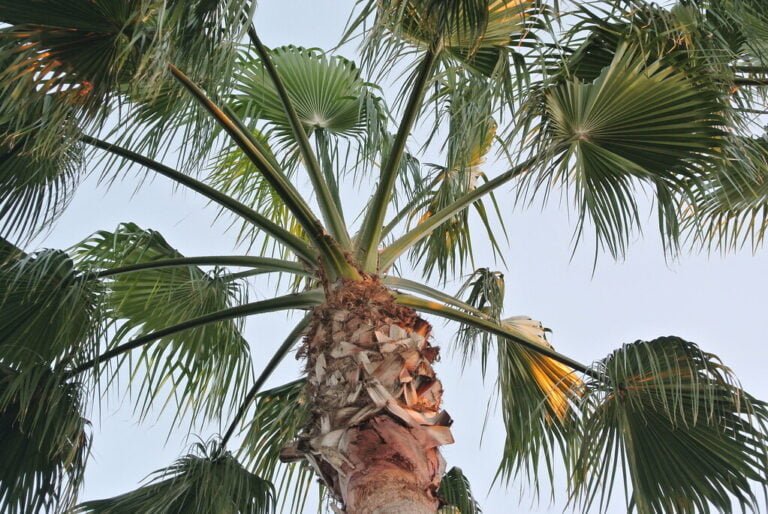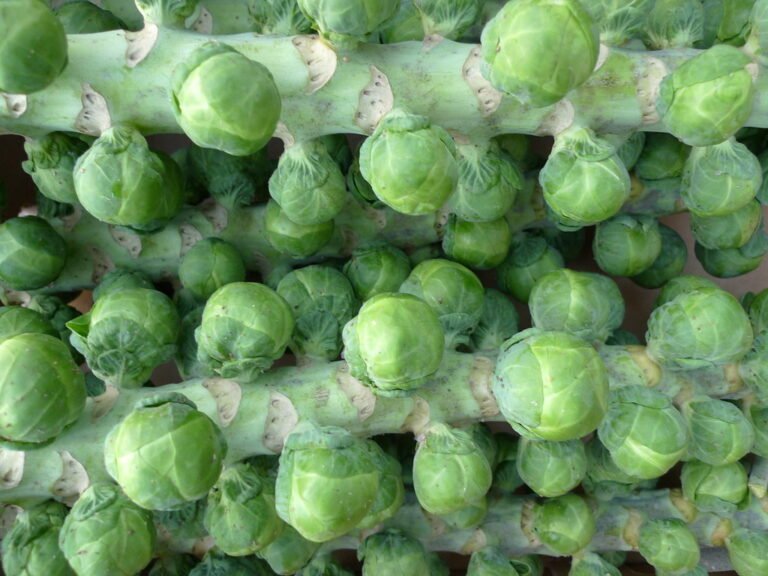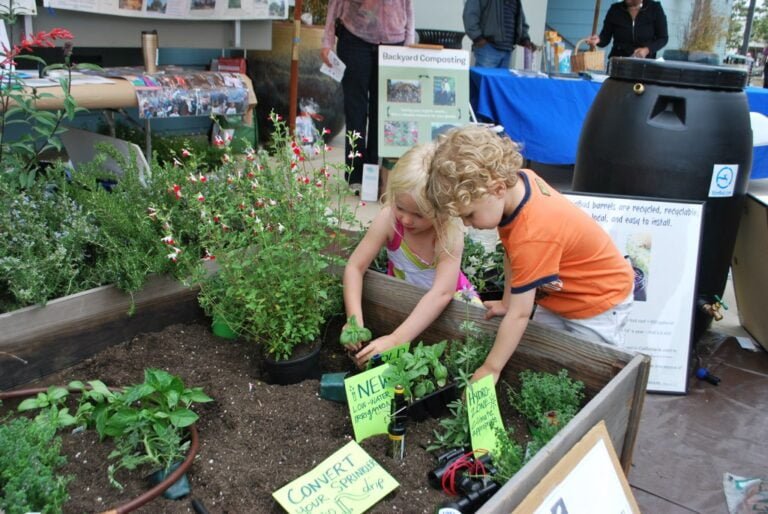Understanding the Best Time to Plant Tomatoes in Georgia
Are you a tomato lover in Georgia? Wondering when to plant those juicy red fruits? Look no further, because we've got you covered. In this article, we will guide you through the best time to plant tomatoes in Georgia. From considering climate and temperature to understanding the importance of sunlight and shade, we'll provide you with all the information you need to ensure a successful tomato growing season. Let's get started!
Climate and Temperature Considerations
To determine the best time to plant tomatoes in Georgia, you should consider the average temperature and frost dates in your specific area. Georgia has a diverse climate, so it's important to know the conditions in your region. Tomatoes thrive in warm weather, so you'll want to avoid planting them too early in the season when temperatures can still drop below freezing. The average frost date in Georgia ranges from late March to mid-April, but this can vary depending on your location. It's advisable to wait until after the last frost date to plant your tomatoes, as this reduces the risk of damage from freezing temperatures. By monitoring the average temperature and frost dates in your area, you can ensure that you're planting your tomatoes at the optimal time for a successful harvest.
Frost Dates and Last Spring Frost
Once you have determined the average frost dates in your specific area, it is important to understand the implications of the last spring frost on planting tomatoes in Georgia. The last spring frost date is the date when it is generally safe to assume that there won't be any more frosts until the fall. This is an important factor to consider because tomatoes are highly sensitive to freezing temperatures. If you plant your tomatoes too early and a frost comes, it can damage or kill the plants. On the other hand, if you wait too long to plant, you may miss out on valuable growing time. Therefore, it is crucial to find the balance between avoiding frost damage and maximizing your tomato growing season.
Average Growing Season Length
The average growing season length in Georgia is an important factor to consider when determining the best time to plant tomatoes. In Georgia, the average growing season typically ranges from 180 to 200 days, depending on the specific location. This means that you have a limited window of time to grow your tomatoes successfully. To make the most of the growing season, it is recommended to plant your tomatoes after the last spring frost, which usually occurs around mid-April to early May in Georgia. By doing so, you can take advantage of the longer growing season and ensure that your tomatoes have enough time to mature and produce a bountiful harvest. Remember to provide proper care, such as regular watering and fertilizing, to maximize the potential of your tomato plants.
Soil Preparation and Condition
When preparing the soil for planting tomatoes in Georgia, how can you ensure it is in the best condition? Start by clearing the area of any weeds or debris. Till the soil to a depth of about 8-10 inches to loosen it and improve drainage. Add organic matter such as compost or well-rotted manure to enrich the soil with nutrients. Incorporate the organic matter into the soil using a garden fork or tiller. Test the soil's pH level and adjust if necessary. Tomatoes prefer a slightly acidic soil with a pH of around 6.0-6.8. Finally, ensure the soil is well-drained to prevent waterlogging, which can lead to root rot. By following these steps, you will create the ideal conditions for planting healthy and productive tomato plants in Georgia.
Importance of Sunlight and Shade
Ensure your tomato plants receive adequate sunlight for optimal growth and productivity. Sunlight is crucial for tomatoes, as it provides them with the energy they need for photosynthesis and helps them produce sugars for fruit development. When choosing a location for your tomato plants, look for an area that receives at least 6 to 8 hours of direct sunlight each day. It's important to note that the intensity of the sunlight is also important. If your tomatoes receive too much direct sunlight, they may suffer from sunburn or wilting. On the other hand, if they are shaded for too long, they may not produce as much fruit or have weaker stems. To ensure a healthy balance, consider providing some shade during the hottest parts of the day or using shade cloth to filter the sunlight. By carefully managing sunlight and shade, you can maximize the productivity and overall health of your tomato plants.
Choosing the Right Tomato Varieties
To maximize your tomato harvest in Georgia, start by selecting the right tomato varieties. With the wide range of tomato varieties available, it's important to choose ones that are well-suited to the Georgia climate and growing conditions. Look for varieties that are known to be heat-tolerant, disease-resistant, and productive. Popular choices for Georgia gardeners include 'Better Boy', 'Celebrity', and 'Roma'. 'Better Boy' is a reliable and flavorful variety that performs well in the heat of Georgia summers. 'Celebrity' is a disease-resistant variety that produces abundant tomatoes throughout the season. 'Roma' is a determinate variety that is perfect for making sauces and canning. By selecting the right tomato varieties, you can ensure a successful and bountiful tomato harvest in Georgia.
Seed Starting Vs. Transplants
For optimal tomato growth in Georgia, consider the advantages of seed starting versus using transplants. Seed starting allows you to control the entire growth process, from germination to transplanting. It gives you the opportunity to choose from a wider variety of tomato cultivars and experiment with unique flavors and colors. Additionally, starting from seeds is more cost-effective compared to buying transplants. On the other hand, using transplants can save you time and effort. Transplants are already established and ready to be planted, giving you a head start on the growing season. They also have a higher chance of survival since they have been nurtured in controlled environments. Ultimately, the decision between seed starting and transplants depends on your gardening goals, time availability, and budget.
Timing for Planting Tomatoes Outdoors
To achieve optimal results, you should consider the best time to plant tomatoes outdoors in Georgia. The timing for planting tomatoes outdoors in Georgia is crucial for their successful growth and production. In this region, it is recommended to plant tomatoes after the last frost date, which typically occurs in late March or early April. This allows the soil to warm up, creating favorable conditions for the tomato plants. However, it is important to monitor the weather and soil temperature before planting. If the soil is still cool or if there is a risk of frost, it is best to wait a little longer. By waiting for the right timing, you can ensure that your tomatoes have the best chance of thriving and providing you with a delicious harvest.
Extending the Tomato Growing Season
To maximize your tomato harvest in Georgia, you can employ strategies to extend the growing season. One effective method is to use row covers or hoop houses to protect your plants from cold temperatures in the early spring and fall. These covers create a greenhouse-like environment, keeping the plants warm and allowing them to continue growing even when the weather turns chilly. Another way to extend the growing season is to choose tomato varieties that have a shorter maturity period. Look for early maturing varieties that can be harvested sooner, giving you more time to enjoy fresh tomatoes. Additionally, you can use techniques like pruning and trellising to manage the growth of your tomato plants and ensure they produce fruit for a longer period. By implementing these strategies, you can enjoy a longer tomato growing season in Georgia.
Harvesting and Preserving Tomatoes
To maximize your tomato harvest in Georgia, you can learn effective methods for harvesting and preserving tomatoes. When it comes to harvesting, it's best to wait until the tomatoes are fully ripe. Look for vibrant colors and a slight give when gently squeezed. To avoid damaging the fruit, use a sharp knife or pruning shears to cut the tomatoes from the vine, leaving a small stem attached. For preserving, there are several options. Freezing is a simple method that involves blanching the tomatoes, removing the skin, and storing them in airtight containers. Canning is another popular method, where tomatoes are cooked and packed into jars with added acid. Lastly, you can make tomato sauces, salsas, or even sun-dried tomatoes for longer shelf life. Remember to label and date your preserved tomatoes for easy identification.
Conclusion
So, to sum it all up, the best time to plant tomatoes in Georgia is after the last spring frost, when the soil temperature has warmed up to at least 60 degrees Fahrenheit. It's important to prepare your soil properly and provide adequate sunlight and shade for your plants. Whether you choose to start from seeds or use transplants, timing is crucial for a successful tomato harvest. By extending the growing season and preserving your tomatoes, you can enjoy their delicious taste all year round. Happy planting!

